Spotlight on Marvi Lacar
Sep 26, 2014
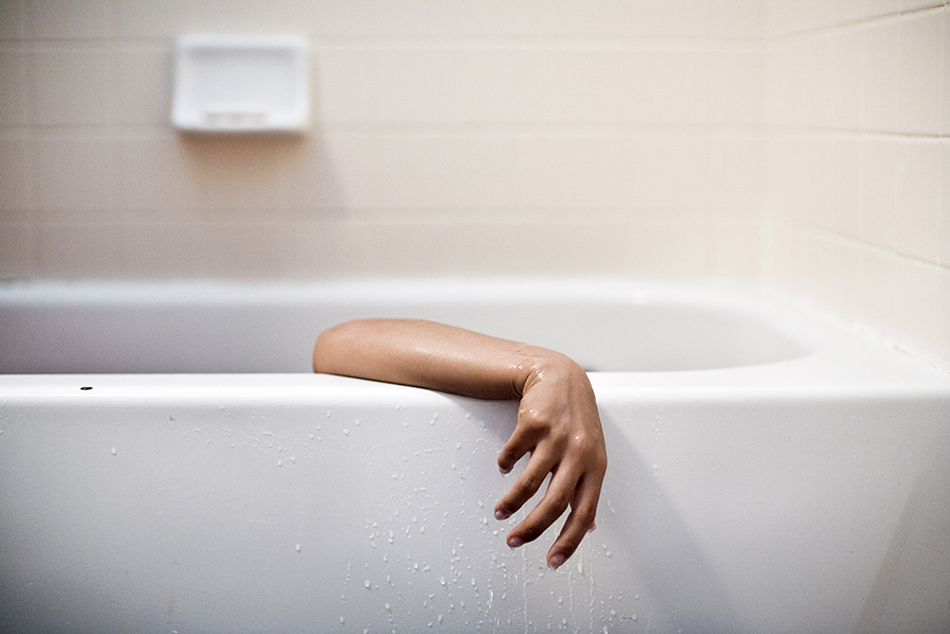
TID:
Hi Marvi. Thank you for being open to discussing this image: it is a very personal self-portrait, part of a series you made during a very rough time in your life. Can you tell us about the image's context and background?
Marvi:
I took this image in 2008. I went through severe clinical depression after the death of my father. I had a very complicated relationship with my dad and we didn't really stay in contact for years before he died. I was hospitalized three days after his death because depression led to self-harm and suicidal ideations. I had gotten better after the first hospitalization but then I plummeted again.
I actually don't remember the number of times I went to the hospital, but I do remember that this scene was a recreation about one of the days when I was taken in by the paramedics. This image wasn't taken on the day that the incident happened. It must have been a few weeks, perhaps months, after I was discharged from the hospital that I decided to take this image.
TID:
Can you describe what was going on in your mind as the image took shape, and then also what you were thinking when you made the image?
Marvi:
This image is a self-portrait that refers to the day when I was taken by the paramedics to the hospital. It was May, I think, a few days before my mom's birthday. She was helping my husband, Ben, watch over me. He still really didn't trust me to be alone. Ben never left my side. He followed me everywhere.
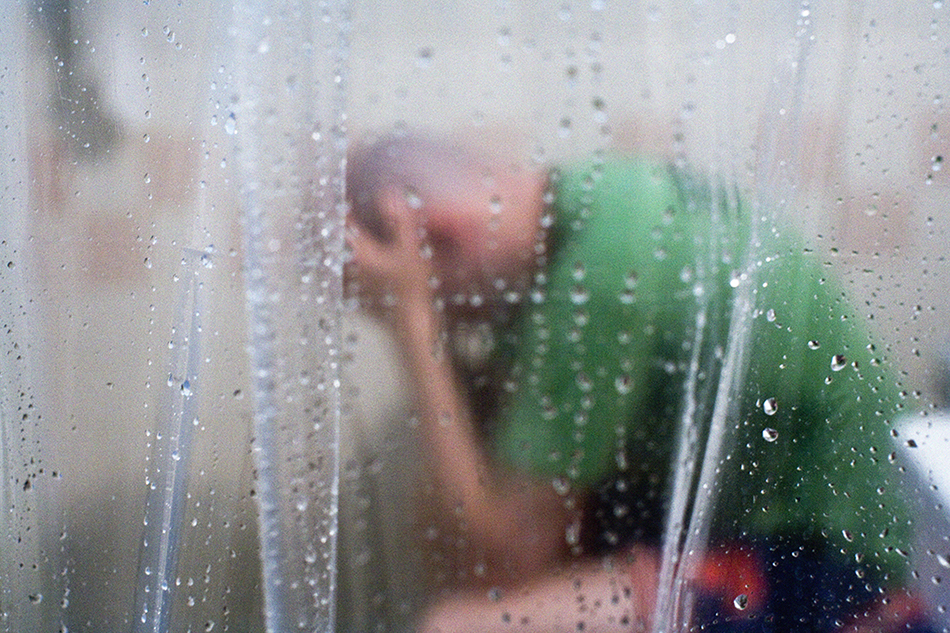
Marvi:
He wouldn't allow closed or locked doors, but he had to work. One of us had to make a living.
I don't remember the details that lead to this incident. I think my mom and I talked about my dad. She had her own stories about him that she kept from us. I had mine that I didn't tell her. I couldn't sleep after that discussion so I took a few too many pills, just to fall asleep. I didn't take into account my height (4'10") and weight (85lbs.) and I was incredibly groggy the next day. My mom called my doctor who in turn called EMT. I remember flipping over in the tub, thinking: “I wonder what it feels like to just drown.” Obviously, I quickly realized that drowning wouldn't be on my list of methods, so I flipped back. That second of being flipped over was what replayed in my head over and over.
When you are too close to an object, you often can't see the big picture. That's what that day felt like to me. I felt like I was the subject, and the only way to really study what happened that day was to step back and see it from a distance. So after months of ruminating over that day and that second when I flipped over, I decided to take a photograph of it and see it from the point of view of my mother, who was watching over me when the incident happened.
TID:
We often ask for a contact sheet to see the lead up to the image.
Marvi:
I actually don't have a photo of that scene that varies significantly. I was fixated on one scene, one angle, one perspective.
TID:
So it sounds like you had a very singular mission in mind in making this image. Do you feel it was successful?
Marvi:
I don't think I thought of photos that I took at that point in my life being "successful" in terms of composition. I took that photo because I couldn't get the thought of that day out of my head. I felt like I had to pull the image out of my head, and process it using something that was tangible – in this case a printed image.
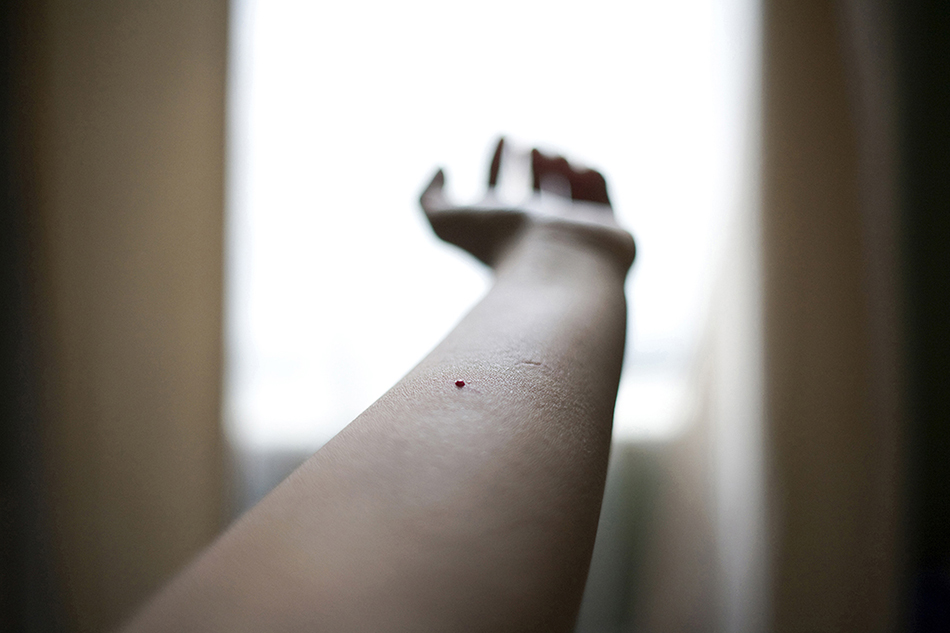
TID:
As a personal image you constructed during a volatile emotional state, does the message or feel of this image remain constant to you?
Marvi:
I processed this image very differently at different points in my life.
In 2008 when I took it, my motivation was devoid of emotion. I took a very cerebral approach to that image: it was a study of sorts. I wanted to know what it must have been like for my mom to see me like that. Maybe it was because I was so numb that year that nothing registered emotionally for me. It was a visual diary of that day. I was translating the moment into an image and nothing more.
In 2009, I gave birth to my first child. I had moderate post-partum depression for a year after his birth. I took care of him fiercely out of instinct. I had to protect my young because he was mine, but I had a hard time bonding with him. When the fog lifted, I felt something new and visceral. It was the kind of love that was painful: it physically manifested itself in a knot in my throat or the kind of breathlessness when someone punches you in the stomach. When I revisited that image, I felt a kind of pain that a parent would feel if they watched their child give up on life. I know I can't imagine my children dying before me. It is unnatural and even just the thought of it — even the thought of other parents going through it — is devastatingly heartbreaking, I don't want to entertain it.
I can't say I regretted that day when I flipped over in the tub. Taking that perspective would put blame on the sufferer, and the one thing that many people who haven't experienced depression don't understand is that the formation of suicidal ideas is not something you can help when you are in that state. It wasn't as if I wanted to wallow in sadness. I was very much against taking medication because I thought it was unnatural. I wanted to recover in my own time. My doctor explained to me that my symptoms were so severe, that I needed help. He put it this way: "If you had diabetes, you'd be on insulin." It never occurred to me to think of it that way. In theory, I knew that depression is a chemical imbalance but it never dawned on me to look at it as an "illness." I thought of it as a "state of being" that I could will myself out of if I ate better, got out for walks, exercise... Not to say that those methods don't work. They do. But at that stage, my doctor felt I needed something to help stabilize the urgency of my thoughts and actions.
Then in 2011, I was on bed rest (again) when I was pregnant with my second son. Of course, I binge watched all the movies and shows I never got to see. I watched this movie called "The Hours" (spoilers to follow).
There was one character who I felt particularly protective over. Maybe it was the hormones. I was about to be a mother of two and I had that fierce Mama Bear instinct towards children - even ones who weren't my own, even fictional characters. In the movie, this child was abandoned by his mother. She herself was experiencing depression. She felt trapped in the life she was in with him, and she just wanted to escape. The end of the movie reveals that the child in the beginning of the story becomes the man who commits suicide at the end. He was forever changed by his mother's decision. He was haunted by it - as I'm sure we all would be - but his path was tragic. In life we can take two paths when reacting to adversity or pain: Some people for various reasons are able use adversity as a catalyst for something positive, others aren't as lucky. That was the most painful thought for me when I revisited that image. I couldn't leave a 50-50 chance that my children would be stronger, more resilient individuals. I didn't want to be the cause of their pain.
It's kind of funny that this realization only came after watching a big budget Hollywood movie. Of course, I came to that realization when I was better. Harmful, untrue thoughts and emotions - however distorted they may be - are very real when you're in the throes of depression. I thought my family would be better off without me, I really believed that. I was convinced that was the truth. Given distance, a strong support system of friends and family, and a medical team that took a very holistic approach to my treatment, I got better.
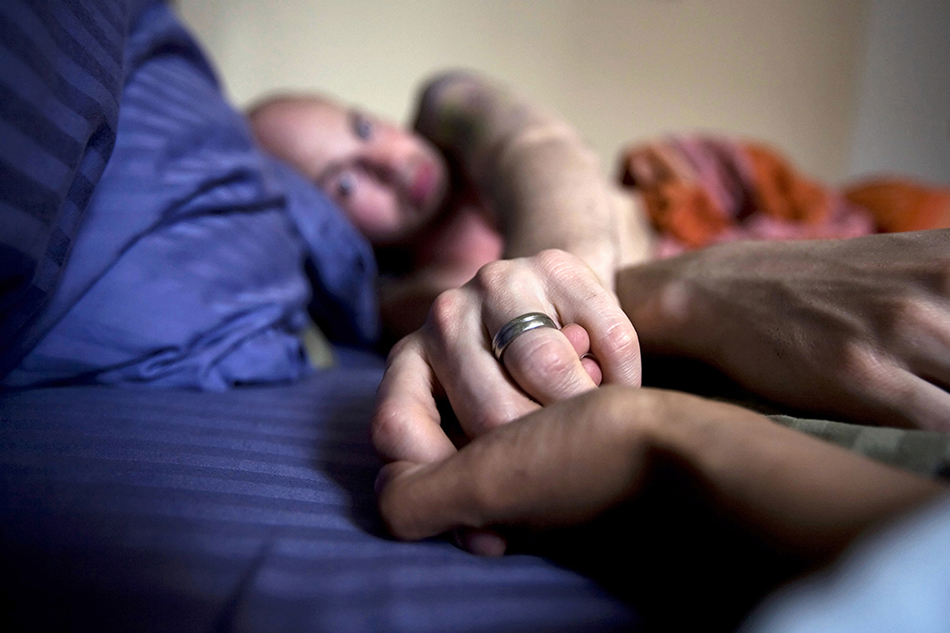
TID:
I am very grateful you did. The whole experience was obviously very significant in your life and in your relationships. Can you explain a major lesson you learned or put to use in your later photography work that came about from this experience?
Marvi:
I learned that images affect people very differently depending on their own circumstances, experiences, culture, age, etc. This is one of our challenges as photojournalists. We want people to connect to the stories we generate, but some just can't for a variety of reasons. I'm a trained photojournalist but in presenting this time, these experiences, I felt like documentary or photojournalism was not the best way to go for this story. I wanted to connect with people on a very personal level, so I looked for other ways of expressing a certain emotion or a situation. There are no rules to self-expression. People have varying forms of creativity and intelligence. My husband is a highly visual person but his bodily-kinesthetic intelligence is similar to that of my kids: He connects with images but he doesn't have an affinity for physical forms of art like dance, for example. With that in mind, I've launched 1in20, a mental health initiative that involves anyone and accepts all forms of creative self-expression.
Statistics say one out of five people are bound to experience depression at some point in their lives, and that means this is no longer only my story to tell, but ours. 1in20 is a platform that contributes to the efforts to destigmatize the subject of mental illness by facilitating candid and non-judgmental conversations through social media. For me, 1in20 is the next chapter in telling this story. This process is exciting. It feels purposeful. I'm connecting on a very personal level with people, complete strangers and creating with them. My role in 1in20 varies from photographer, curator, editor, art director depending on the commitment and the artistic inclinations of the contributors.
TID:
Can you talk about how you shifted gears from being a content creator to more of this producer role? It seems like an amazing jump going from a strictly Documentary mindset to an Activist.
Marvi:
Documentary photography is a form of activism. However, when I was in the field as a photographer, I hadn't found my voice just yet. I didn't know exactly what I wanted to say. I haven't completely stopped creating. There are times when contributors submit only text that I want to translate into an image myself. Other times I look through other photographers' feeds and find an appropriate illustration for the text. This process is interesting as well because it is a collaborative between me and the photographer. Since they are included in the decision-making process, they read the text submissions and together we decide.
TID:
If people want to contribute or be a part of 1in20, how could they do so?
Marvi:
Submit to 1in20 by emailing [email protected] or tagging your images on instagram with @1in20 #1in20 #letsmakeart
1in20 is open to submission to anyone. People don't need to talk about clinical depression or suicide. I'm not trying to preach to the converted. The goal is to find a safe space for people to talk about the spectrum of human emotions from grief to pure joy with the hopes of connecting to those who need empathy the most. It is good to know that we are not alone in this journey and that we are bound by a nexus of emotions that make us human. Contributors don't need to generate anything new for 1in20. They can submit journal entries, conversations, random thoughts, images of paintings or sculptures, memories... Some are even submitting audio of spoken word, or songs. Contributors can remain anonymous to the readers.

++++++++++++++++++++++
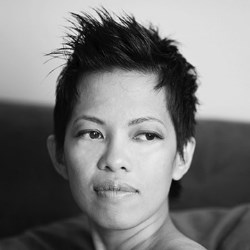
Marvi Lacar was born in the Philippines and moved to the US at the age of 15, starting her career as a photojournalist in 2004. Lacar has been recognized by Photo Levallois, Communication Arts, American Photography, Photo District News, CENTER and received various other honors for her stills and video work. Lacar's work on Female Genital Mutilation and early marriage in Kenya was her impetus for creating a collaborative platform for storytelling and self-expression. She is the founder of 1in20, an online venue meant to inspire candid conversations concerning mental illness. She is a contract curator for Facebook Paper and edits for various other clients.
w http://www.marvi.net/